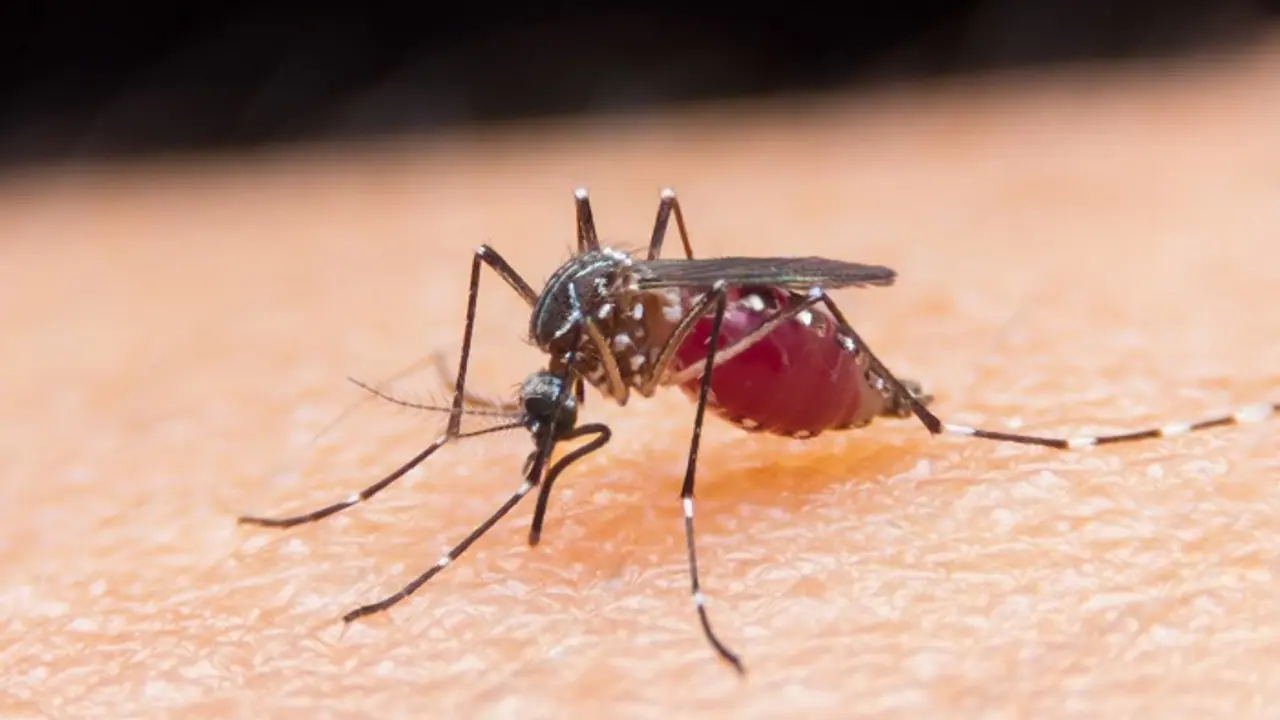Since 2000, India has reduced malaria deaths by two-thirds and halved the number of malaria cases
New Delhi: India reported almost a 24% decrease over the previous year, which means 3 million fewer malaria cases in 2017, WHO World Malaria Report 2018 stated. Worldwide, the number increased from 219 million to 217 million.
The report said India and 10 other countries in sub-Saharan Africa accounted for around 70% of estimated malaria cases (151 million) and deaths (274,000) globally in 2017.
Malaria is a life-threatening disease caused by parasites that are transmitted to people through the bites of infected female Anopheles mosquitoes. It is preventable and curable. In 2017, there were an estimated 219 million cases of malaria in 90 countries. Malaria deaths reached 435,000 in 2017.
According to WHO World Malaria Report 2018, India has turned out as the only country among the 11 highest-burden countries to mark progress in reducing its disease burden, registering a 24% decrease in 2017 compared to 2016.
By leading the world in malaria case reductions in 2017, India is no longer among the top three countries with the highest malaria burdens. However, 1.25 billion Indians remain at risk of malaria. India has set a target of being malaria-free by 2027 and eliminating the disease by 2030.
Despite marginal increases in recent years in the distribution and use of insecticide-treated bed nets in sub-Saharan Africa, the primary tool for preventing malaria, the report highlighted major coverage gaps. In 2017, an estimated half of at-risk people in Africa did not sleep under a treated net. Also, fewer homes are being protected by indoor residual spraying than before, and access to preventive therapies that protect pregnant women and children from malaria remains too low. According to the report, the number of countries nearing elimination continues to grow (46 in 2017 compared to 37 in 2010).
Meanwhile, in China and El Salvador, where malaria had long been endemic, no local transmission of malaria was reported in 2017, proof that intensive, country-led control efforts can succeed in reducing the risk people face from the disease. In 2018, WHO certified Paraguay as malaria-free, the first country in the Americas to receive this status in 45 years. Three other countries — Algeria, Argentina and Uzbekistan — have requested official malaria-free certification from WHO. India, a country that represents 4 percent of the global malaria burden, recorded a 24-percent reduction in cases in 2017 compared to 2016.
Also in Rwanda, 436,000 fewer cases were recorded in 2017 compared to 2016. Ethiopia and Pakistan both reported marked decreases of more than 2,40,000 in the same period. "When countries prioritize action on malaria, we see the results in lives saved and cases reduced," Matshidiso Moeti, WHO Regional Director for Africa, said. "WHO and global malaria control partners will continue striving to help governments, especially those with the highest burden, scale up the response to malaria," Moeti said.
A statement by WHO stated as reductions in malaria cases and deaths slowed, funding for the global response has also shown a leveling off, with $3.1 billion made available for control and elimination programmes in 2017 including $900 million (28%) from governments of malaria-endemic countries. The United States remains the largest single international donor, contributing $1.2 billion (39%) in 2017. To meet the 2030 targets of the global malaria strategy, malaria investments should reach at least $6.6 billion annually by 2020 — more than double the amount available today, the statement stated.
(With PTI inputs)
